Who was Denton Welch, the cult writer and painter who inspired everyone from Alan Bennett to William S. Burroughs?
Cult queer figure Denton Welch was a talented, yet overlooked, artist. Now an exhibition of his work at John Swarbrooke Fine Art aims to change that
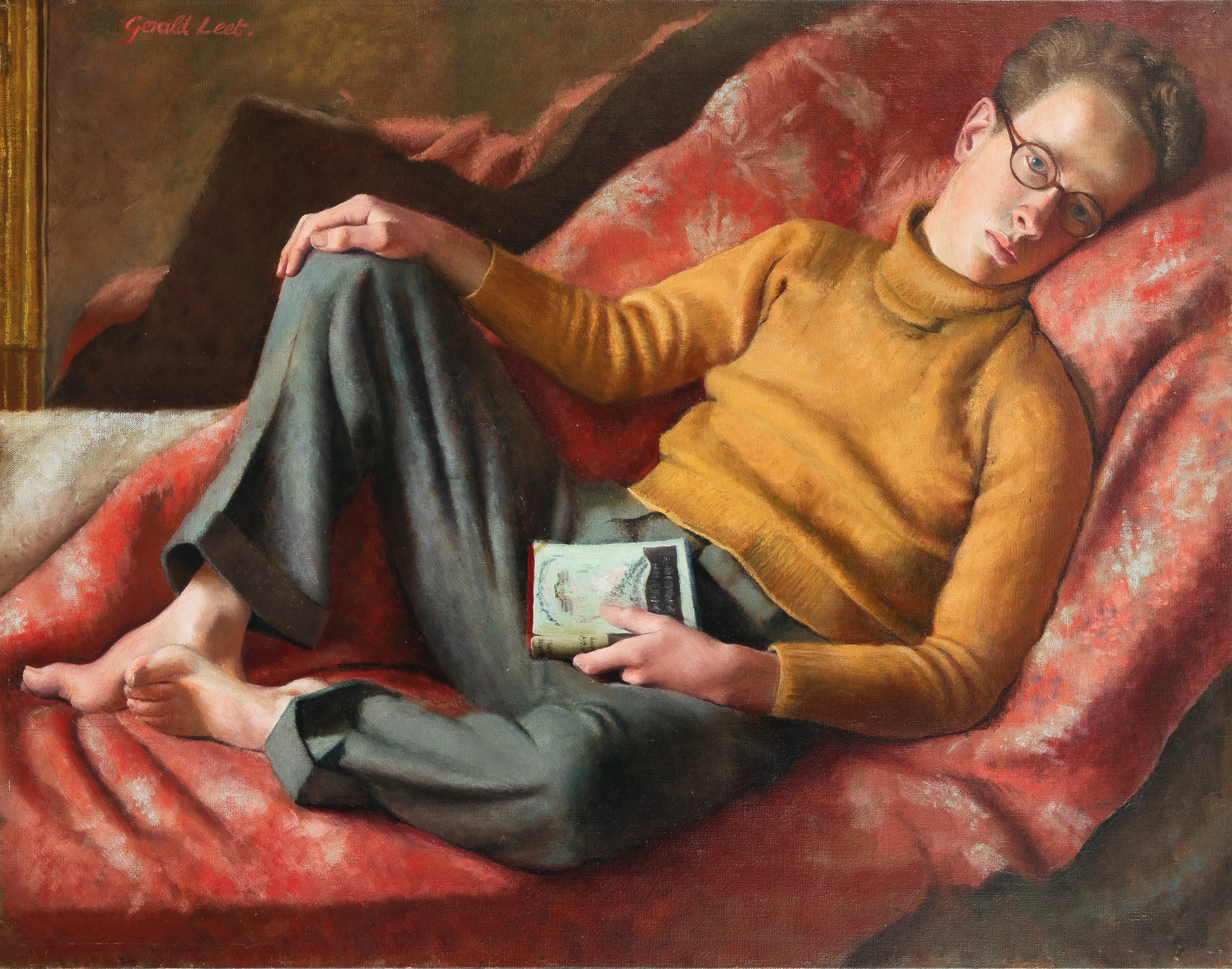
‘He’s a born writer,’ declared Edith Sitwell in the foreword to Denton Welch’s novel, Maiden Voyage. He had a ‘very special way of seeing’ wrote William Burroughs, who dedicated his book, The Place of Dead Roads, to Welch.
But today, Denton Welch is mostly unknown, perhaps due to his short life or to the profusion and distinct character of twentieth century art. Although his work is in the Tate, the National Portrait Gallery and the British Museum, Welch’s contribution to the literary and artistic scene is overlooked. Now, a London exhibition, running during Frieze, hopes to change that, shining a spotlight on Welch’s art, the first retrospective to do so in forty years.
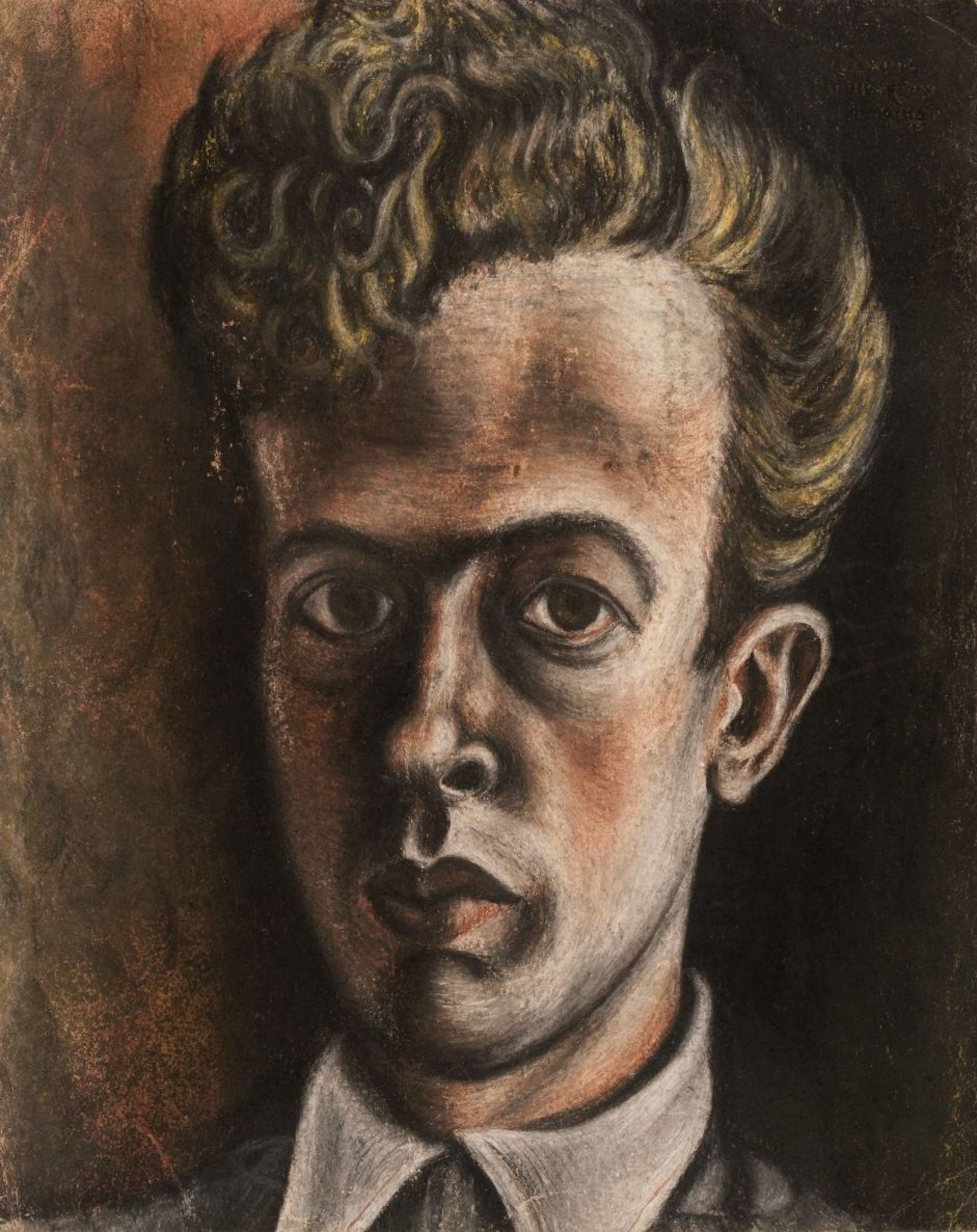
Denton Welch (1915-1948), Self Portrait, 1934-36
Welch wrote and painted throughout his lifetime. Born in 1915 in Shanghai to a British-American family, Welch went to Repton School in England, where he was a contemporary of Roald Dahl, before moving to London’s Goldsmiths School of Art in 1933. Welch suffered from the effects of a cycling accident in 1935, which left him temporarily paralysed, and eventually led to his early death at age 33.
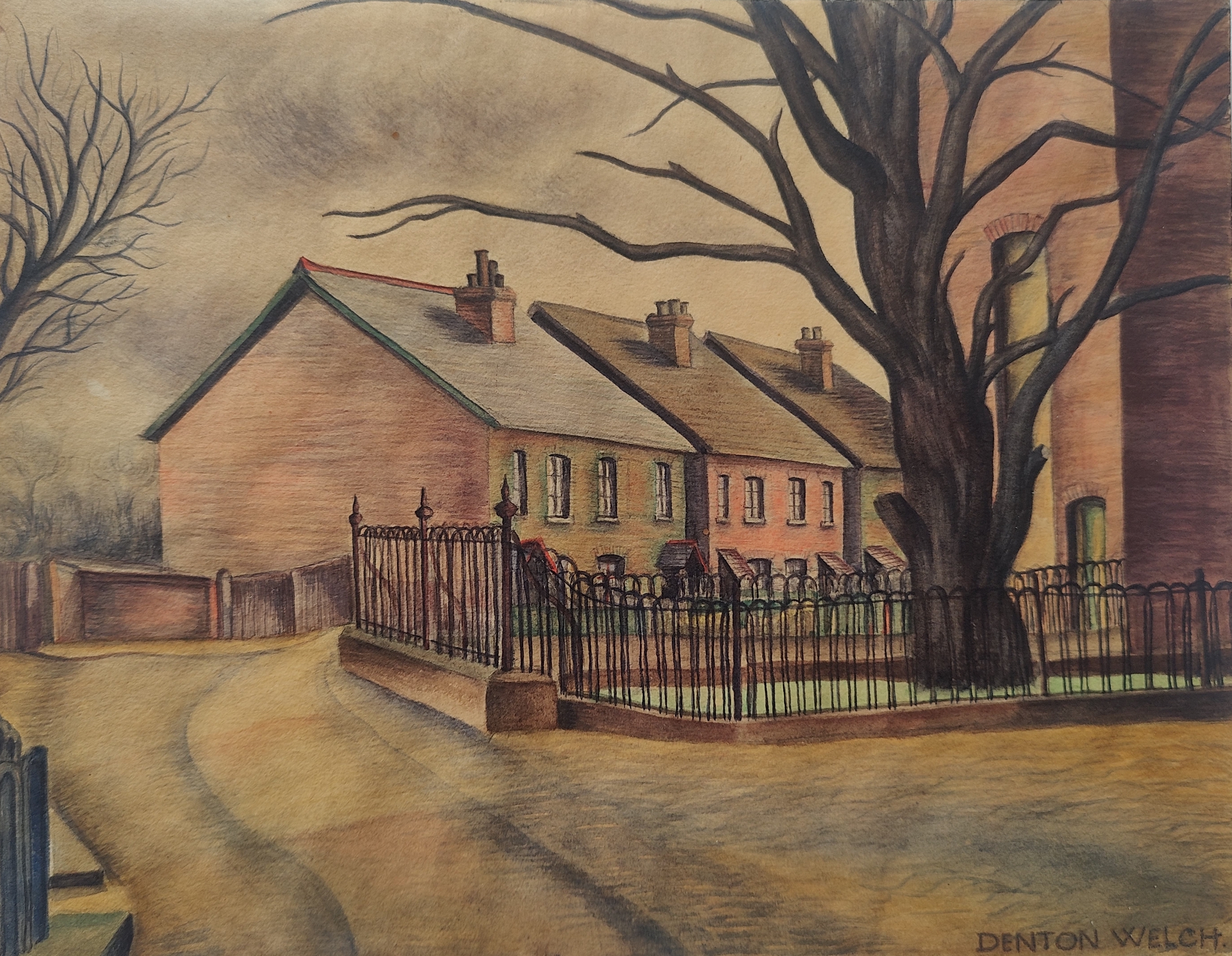
Denton Welch (1915-1948), The Postern, Tunbridge
‘It is high time to revisit Denton's art in the context of modern British art,’ says John Swarbrooke, who is hosting the exhibition at his eponymous London gallery. ‘This exhibition comes as more attention is focused on the Neo-Romantic movement, including artists John Minton and Keith Vaughan, as well as queer artists working in the first half of the 20th Century.’
Welch’s status as an outsider - as a gay man when homosexuality was illegal and as an invalid - adds a sharply observational edge to his work. In his capturing of wartime Kent, still lifes and self-portraits, a sense of foreboding and melancholy tinges the richly coloured scenes.
‘His art is rare among his contemporaries for the engraving-like depth of detail, thanks in part perhaps to his background both as a writer and an artist,’ adds Swarbrooke. ‘His pictures are stories in and of themselves, from the hypnotic image of By the Sea to the Old Master style of his self-portraits.’ Welch references works of those who inspired him in the evocative landscapes. ‘Denton was included in a Barbican exhibition of Neo-Romanticism in 1987, and richly-worked, allusive imagery of his still lifes and landscapes immediately recalls the movement and its influence, the 19th-century artist Samuel Palmer - indeed, he was exhibited alongside such artists as John Craxton at the Leicester Galleries,’ says Swarbrooke.
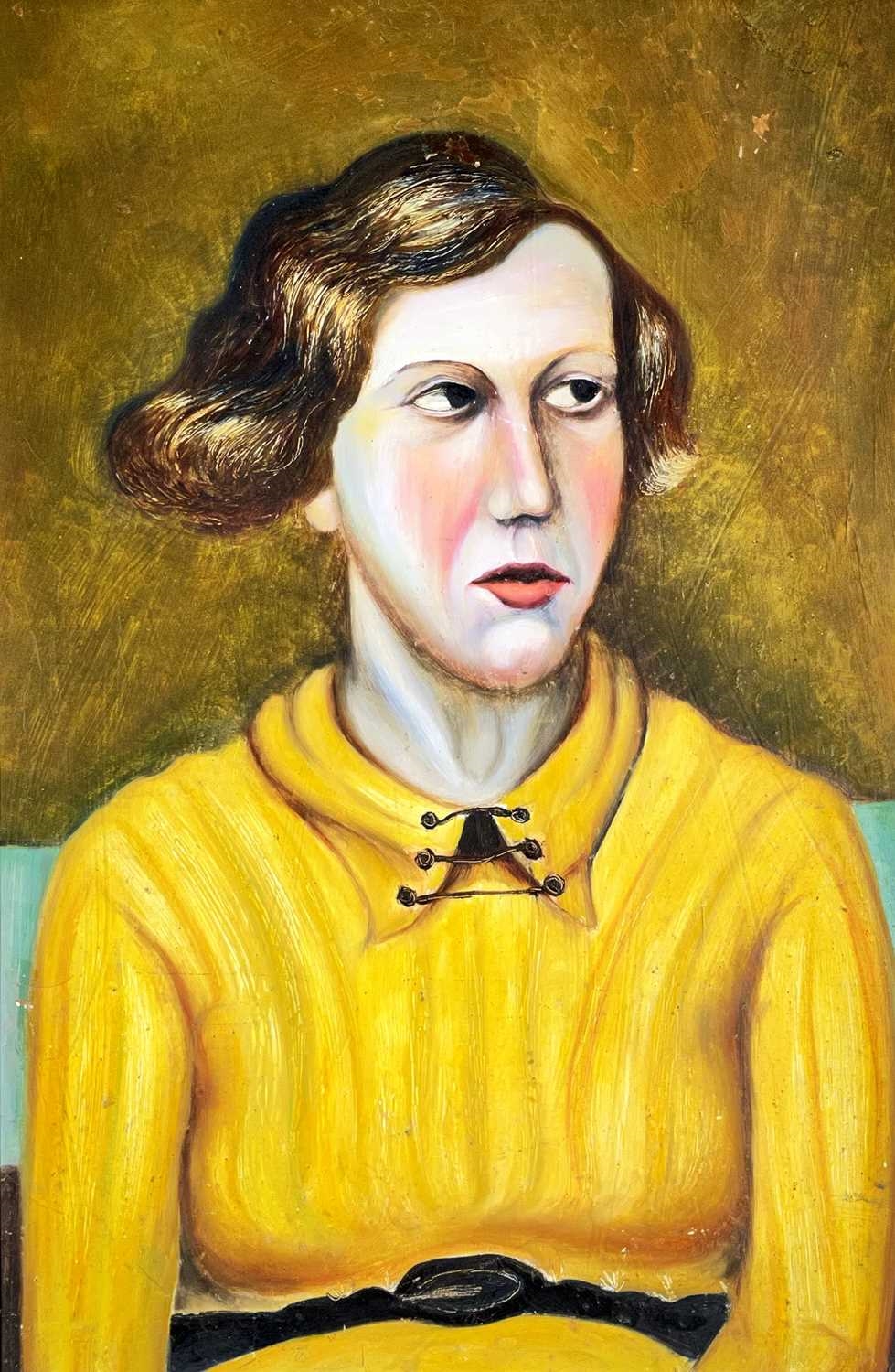
Denton Welch (1915-1948), Girl in Yellow Sweater
Welch’s work leaves us with a strong sense of place, encapsulating the growing uneasiness and turbulence around him. It is an atmosphere not immediately obvious, but gleaned instead through the details, the small changes which disrupt a daily routine and hint at a bigger catastrophe. ‘The image of Denton picnicking along the Kent coast as the Second World War was raging, the bombers flying overhead towards London, encapsulates the fragile beauty of his world,’ Swarbrooke says. ‘This comes across powerfully in his art, which follows the artist towards his untimely death in 1948. The otherworldly quality of many of the images are removed from the destruction of the war as well as Denton's long-term ill health.’
Receive our daily digest of inspiration, escapism and design stories from around the world direct to your inbox.
Denton Welch is at John Swarbrooke Fine Art from 10 - 30 October
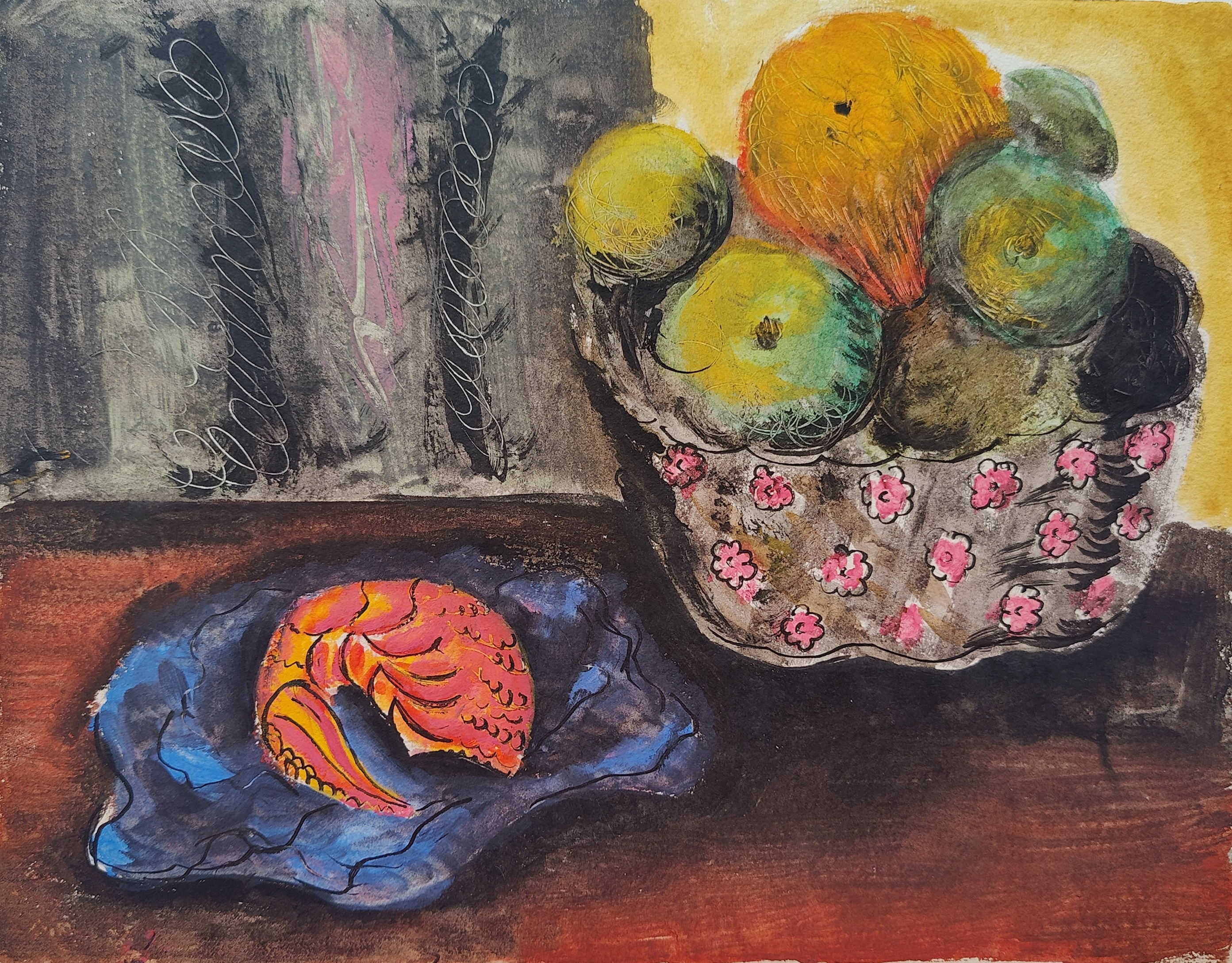
Denton Welch (1915-1948), Still Life with Crab Claw
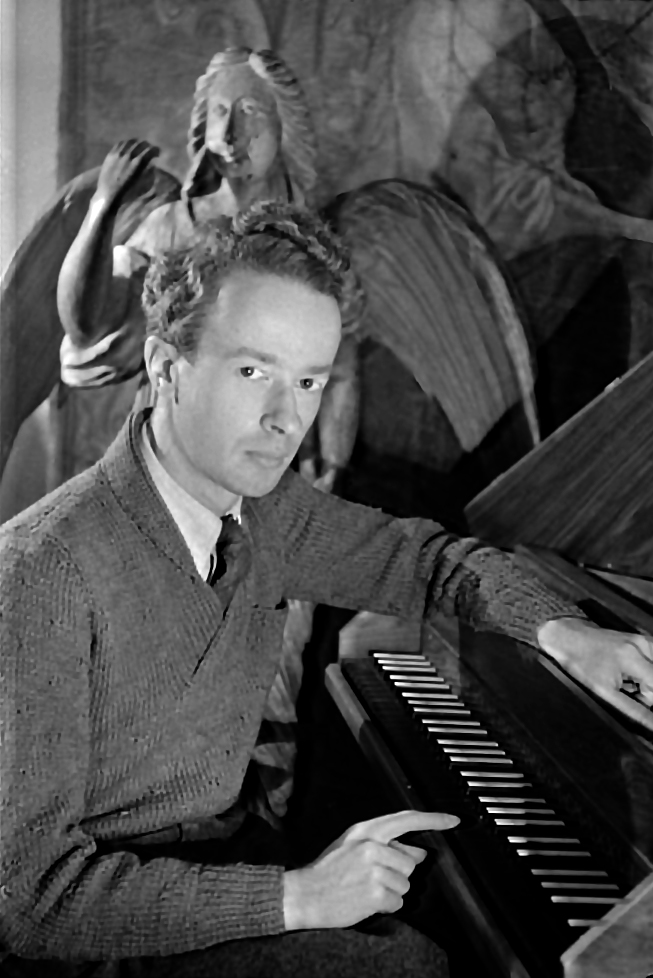
Portrait of Denton Welch at Hadlow Road,
Hannah Silver is the Art, Culture, Watches & Jewellery Editor of Wallpaper*. Since joining in 2019, she has overseen offbeat art trends and conducted in-depth profiles, as well as writing and commissioning extensively across the worlds of culture and luxury. She enjoys travelling, visiting artists' studios and viewing exhibitions around the world, and has interviewed artists and designers including Maggi Hambling, William Kentridge, Jonathan Anderson, Chantal Joffe, Lubaina Himid, Tilda Swinton and Mickalene Thomas.
-
 100 George Street is the new kid on the block in fashionable Marylebone
100 George Street is the new kid on the block in fashionable MaryleboneLondon's newest luxury apartment building brings together a sensitive exterior and thoughtful, 21st-century interiors
-
 Experience the cradle of the Renaissance in a new light at Florence’s W hotel
Experience the cradle of the Renaissance in a new light at Florence’s W hotelFlorence’s palazzi, basilicas and baptistries groan with history. But the city’s new W hotel poses an alternative perspective – one that is distinctly modern
-
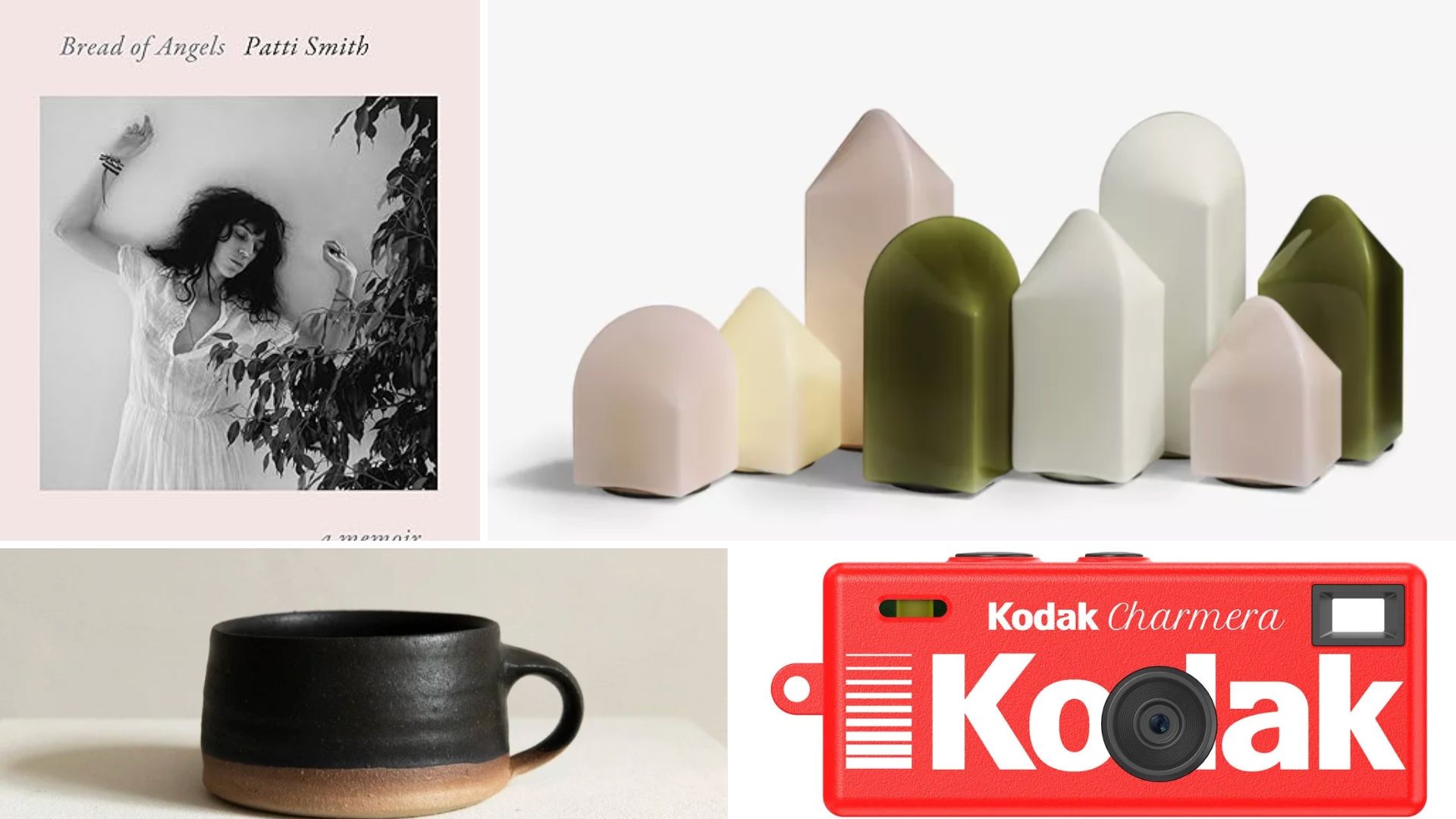 Wallpaper* Gift Guides: What our director of digital content, Charlotte Gunn, has on her wishlist this year
Wallpaper* Gift Guides: What our director of digital content, Charlotte Gunn, has on her wishlist this yearFrom the year's most-anticipated music biography to stacks of vinyl, these goodies will help you unwind and unplug
-
 Out of office: The Wallpaper* editors’ picks of the week
Out of office: The Wallpaper* editors’ picks of the weekIt’s been a week of escapism: daydreams of Ghana sparked by lively local projects, glimpses of Tokyo on nostalgic film rolls, and a charming foray into the heart of Christmas as the festive season kicks off in earnest
-
 Wes Anderson at the Design Museum celebrates an obsessive attention to detail
Wes Anderson at the Design Museum celebrates an obsessive attention to detail‘Wes Anderson: The Archives’ pays tribute to the American film director’s career – expect props and puppets aplenty in this comprehensive London retrospective
-
 Meet Eva Helene Pade, the emerging artist redefining figurative painting
Meet Eva Helene Pade, the emerging artist redefining figurative paintingPade’s dreamlike figures in a crowd are currently on show at Thaddaeus Ropac London; she tells us about her need ‘to capture movements especially’
-
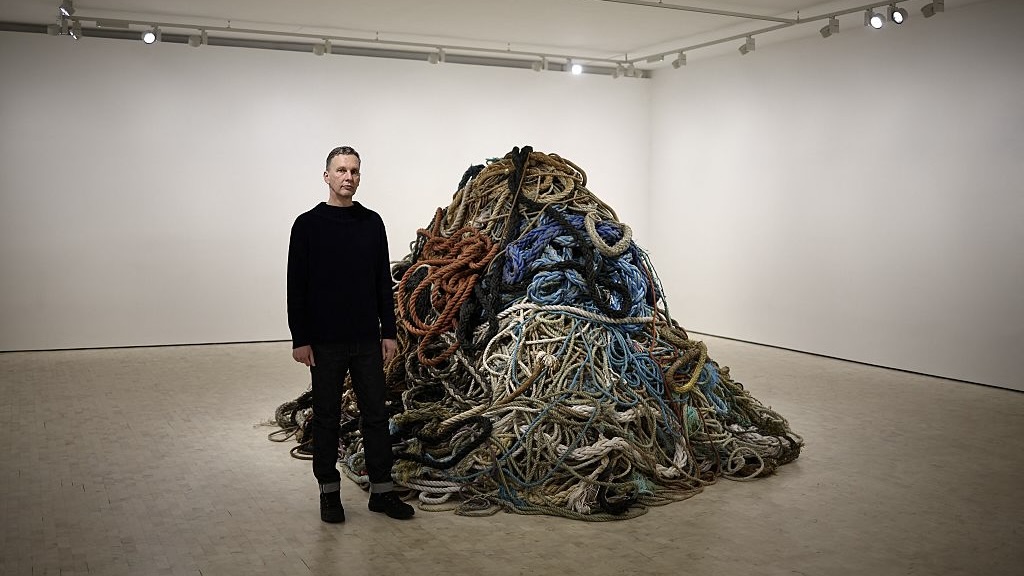 David Shrigley is quite literally asking for money for old rope (£1 million, to be precise)
David Shrigley is quite literally asking for money for old rope (£1 million, to be precise)The Turner Prize-nominated artist has filled a London gallery with ten tonnes of discarded rope, priced at £1 million, slyly questioning the arbitrariness of artistic value
-
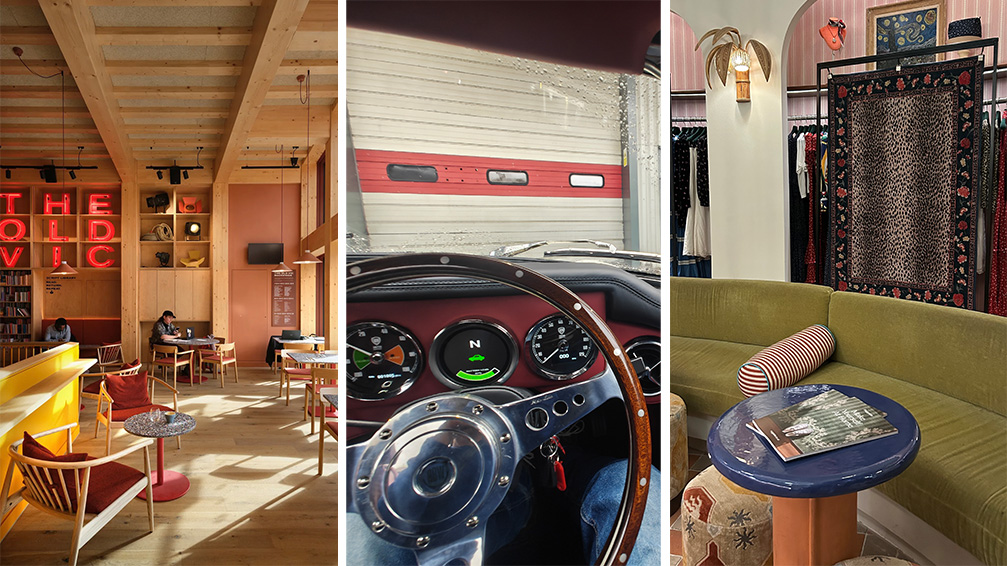 Out of office: The Wallpaper* editors’ picks of the week
Out of office: The Wallpaper* editors’ picks of the weekThe rain is falling, the nights are closing in, and it’s still a bit too early to get excited for Christmas, but this week, the Wallpaper* team brought warmth to the gloom with cosy interiors, good books, and a Hebridean dram
-
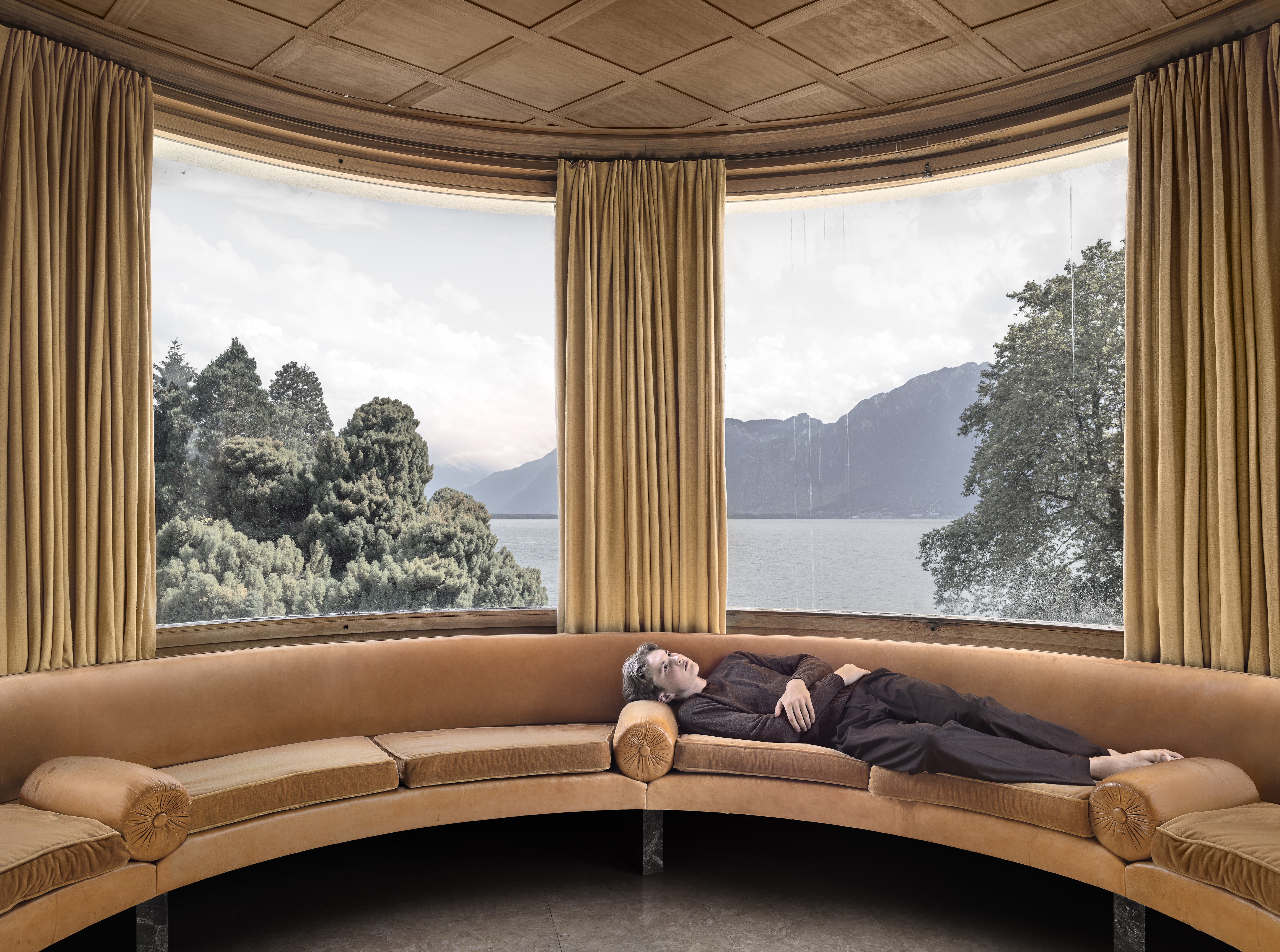 A former leprosarium with a traumatic past makes a haunting backdrop for Jaime Welsh's photographs
A former leprosarium with a traumatic past makes a haunting backdrop for Jaime Welsh's photographsIn 'Convalescent,' an exhibition at Ginny on Frederick in London, Jaime Welsh is drawn to the shores of Lake Geneva and the troubled history of Villa Karma
-
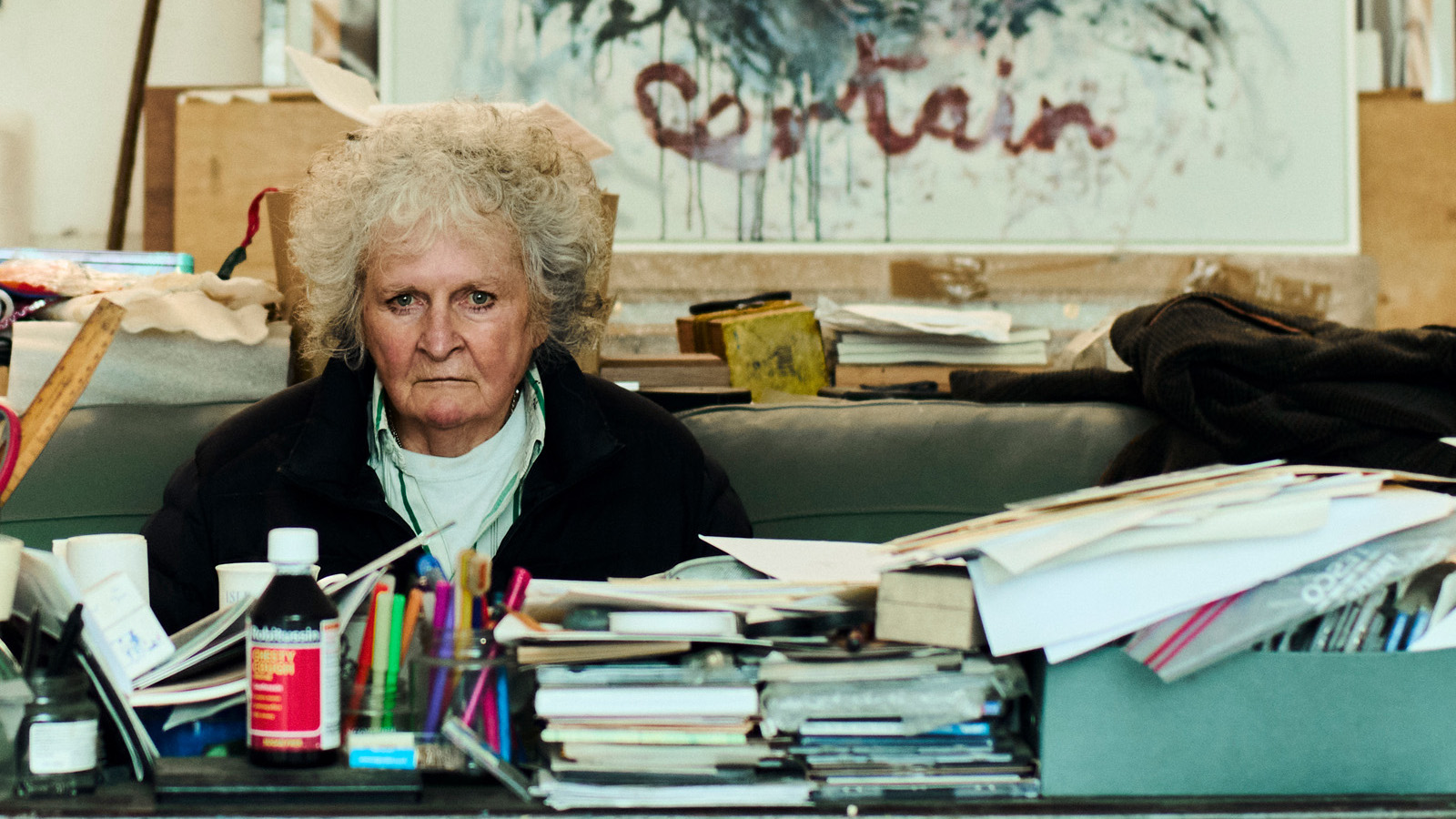 Maggi Hambling at 80: what next?
Maggi Hambling at 80: what next?To mark a significant year, artist Maggi Hambling is unveiling both a joint London exhibition with friend Sarah Lucas and a new Rizzoli monograph. We visit her in the studio
-
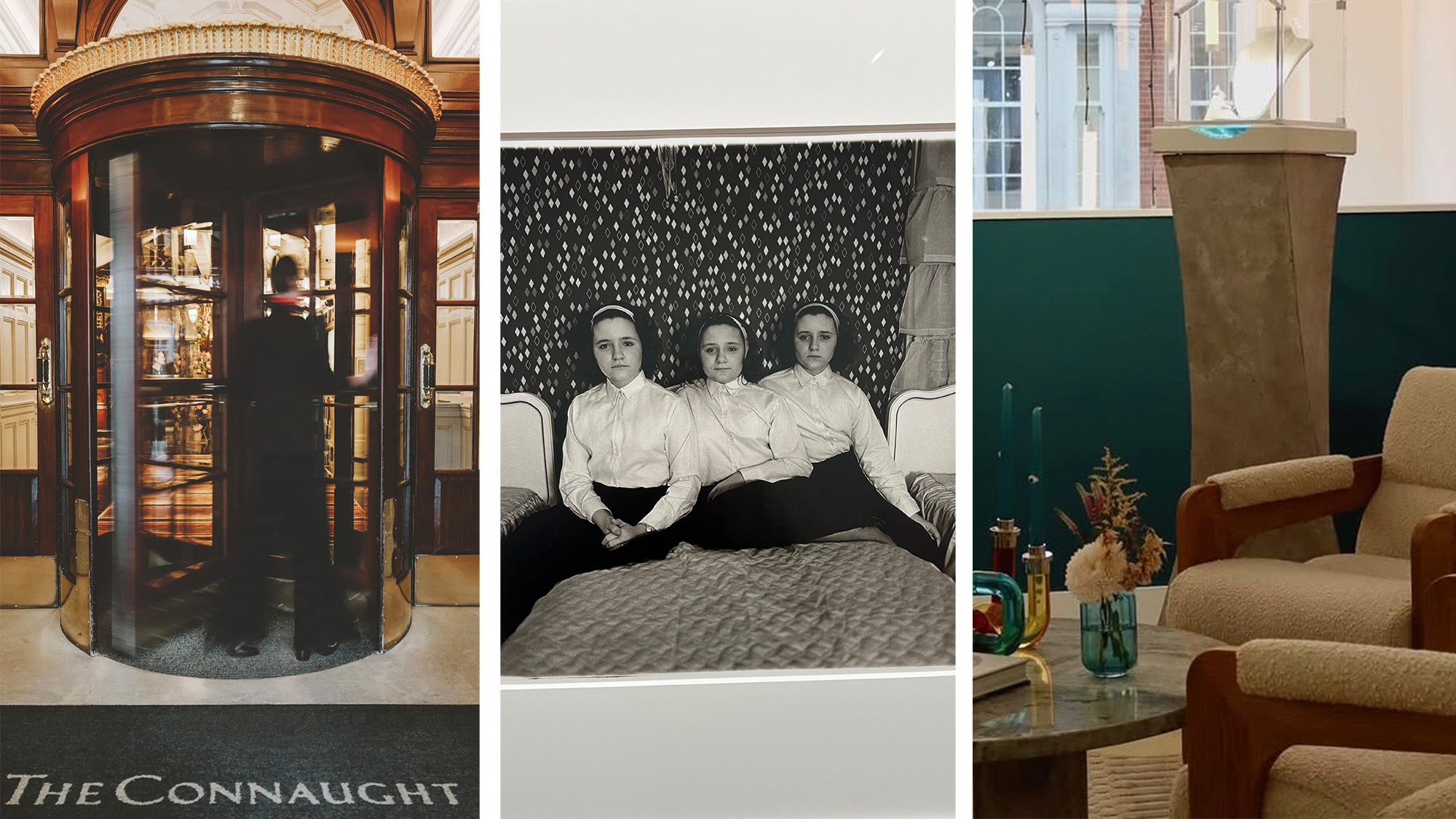 Out of office: The Wallpaper* editors’ picks of the week
Out of office: The Wallpaper* editors’ picks of the weekThis week, the Wallpaper* editors curated a diverse mix of experiences, from meeting diamond entrepreneurs and exploring perfume exhibitions to indulging in the the spectacle of a Middle Eastern Christmas